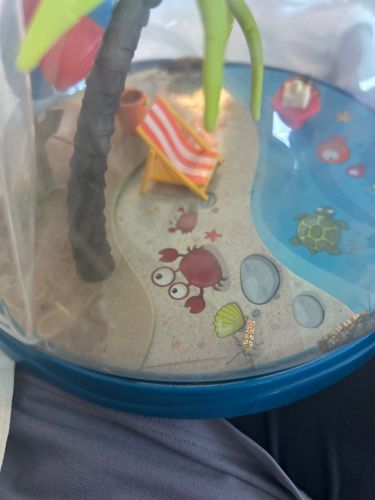Mayfly
Scientific Name: Various species within Ephemeroptera
Order & Family: Order: Ephemeroptera, Family: Various (e.g., Baetidae, Heptageniidae, Ephemerellidae)
Size: Nymphs: 3 mm to 30 mm; Adults: 2 mm to 40 mm (excluding cerci/tails)

Natural Habitat
Nymphs inhabit freshwater aquatic environments such as streams, rivers, lakes, and ponds. Adults are typically found near these water bodies.
Diet & Feeding
Adult mayflies do not feed; theirmouthparts are vestigial or greatly reduced. Nymphs feed on detritus, algae, diatoms, or aquatic invertebrates.
Behavior Patterns
Mayflies are aquatic as nymphs, living in freshwater streams and lakes. Most species emerge synchronously as adults, often in massive swarms, to mate and lay eggs. Adult lifespan is very short, often only a few hours to a couple of days, as they do not feed and their sole purpose is reproduction. Nymphs are detritivores, grazers, or predators depending on the species.
Risks & Benefits
Mayflies are excellent bioindicators of water quality; their presence indicates clean, unpolluted water. They are a crucial food source for fish and other aquatic animals. They pose no direct risk to humans, though large emergences can be a nuisance for a very short period due to their sheer numbers.
Identified on: 8/29/2025